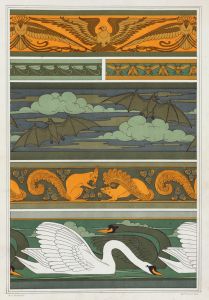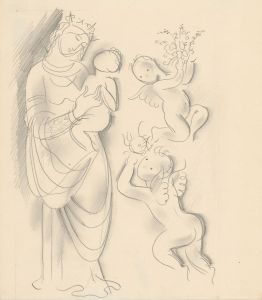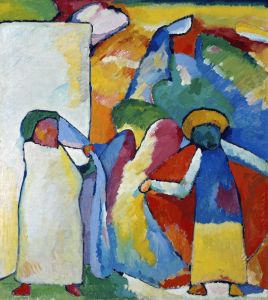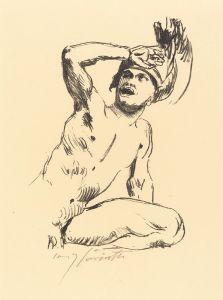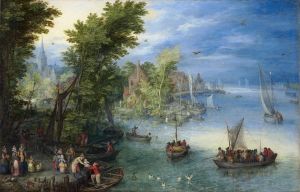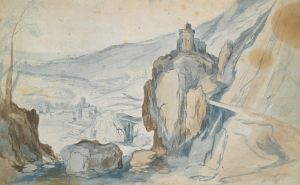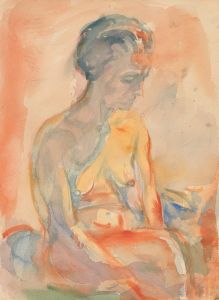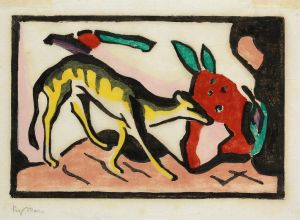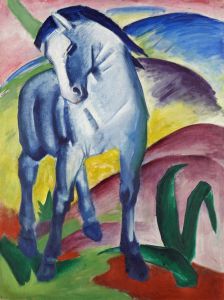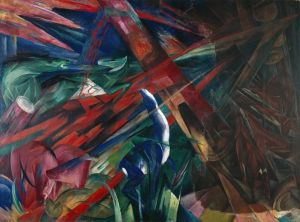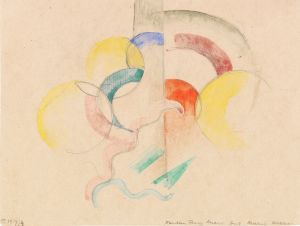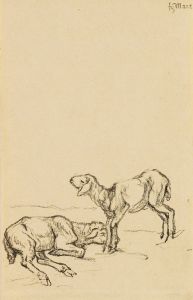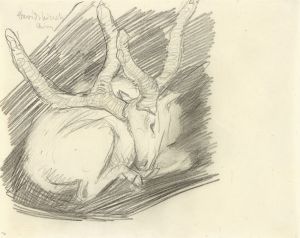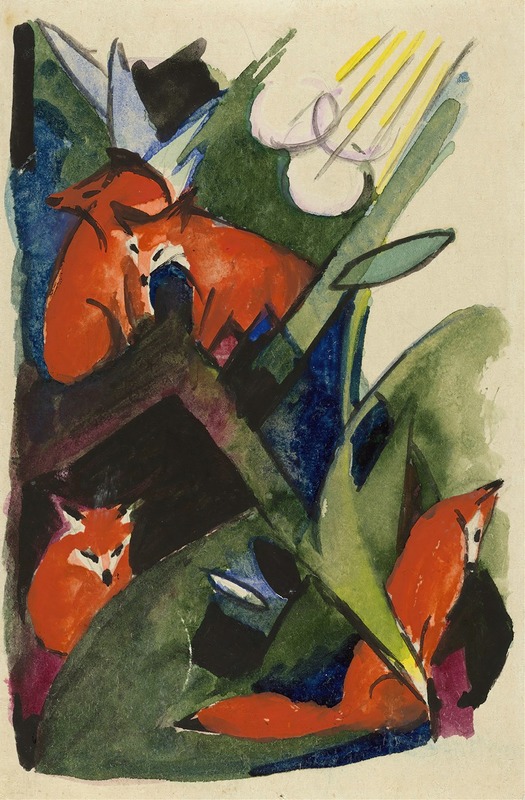
Four foxes
A hand-painted replica of Franz Marc’s masterpiece Four foxes, meticulously crafted by professional artists to capture the true essence of the original. Each piece is created with museum-quality canvas and rare mineral pigments, carefully painted by experienced artists with delicate brushstrokes and rich, layered colors to perfectly recreate the texture of the original artwork. Unlike machine-printed reproductions, this hand-painted version brings the painting to life, infused with the artist’s emotions and skill in every stroke. Whether for personal collection or home decoration, it instantly elevates the artistic atmosphere of any space.
Franz Marc was a German painter and printmaker, and one of the key figures of the German Expressionist movement. He was a founding member of Der Blaue Reiter (The Blue Rider), a group of artists that sought to express spiritual truths through their art. Marc is best known for his depictions of animals, which he believed were more pure and closer to nature than humans. His works often feature bold colors and abstract forms, reflecting his interest in the emotional and symbolic use of color.
"Four Foxes" is one of Franz Marc's notable paintings, created in 1913. This work exemplifies Marc's distinctive style and thematic focus on animals. In "Four Foxes," Marc uses vibrant colors and dynamic composition to convey the essence and spirit of the animals. The painting features four foxes intertwined in a harmonious and fluid manner, showcasing Marc's ability to blend form and color to evoke emotion and meaning.
Marc's use of color in "Four Foxes" is particularly striking. He employs a palette of reds, oranges, and yellows, which not only captures the natural hues of the foxes but also imbues the painting with a sense of warmth and vitality. The background is composed of abstract shapes and colors, creating a sense of movement and energy that complements the figures of the foxes. This abstraction is characteristic of Marc's work during this period, as he moved away from realistic representation towards a more symbolic and expressive style.
The composition of "Four Foxes" reflects Marc's interest in the interconnectedness of nature. The foxes are depicted in a circular arrangement, suggesting a sense of unity and continuity. This arrangement also highlights Marc's fascination with the cycles of life and the natural world. The fluid lines and overlapping forms create a sense of rhythm and harmony, reinforcing the idea of a cohesive and interconnected natural order.
Franz Marc's work, including "Four Foxes," was influenced by various artistic movements and philosophies. He was inspired by the Fauves, a group of early 20th-century modern artists known for their bold use of color. Additionally, Marc was influenced by the writings of philosophers such as Friedrich Nietzsche, whose ideas about the spiritual and metaphysical aspects of life resonated with Marc's own beliefs.
"Four Foxes" is a testament to Franz Marc's innovative approach to art and his deep connection to the natural world. Through his use of color, form, and composition, Marc was able to convey a sense of spirituality and emotion that continues to resonate with viewers today. His work remains an important part of the Expressionist movement and continues to be celebrated for its beauty and depth.
Tragically, Franz Marc's life and career were cut short when he was killed in action during World War I in 1916. Despite his relatively short career, Marc left a lasting impact on the art world, and his works, including "Four Foxes," continue to be studied and admired for their unique vision and emotional power.





